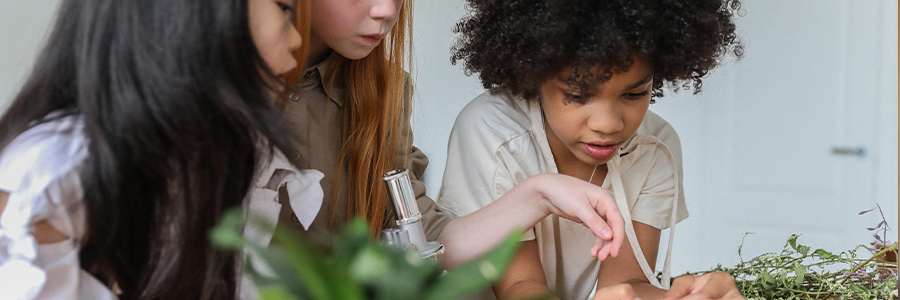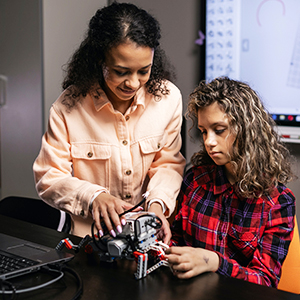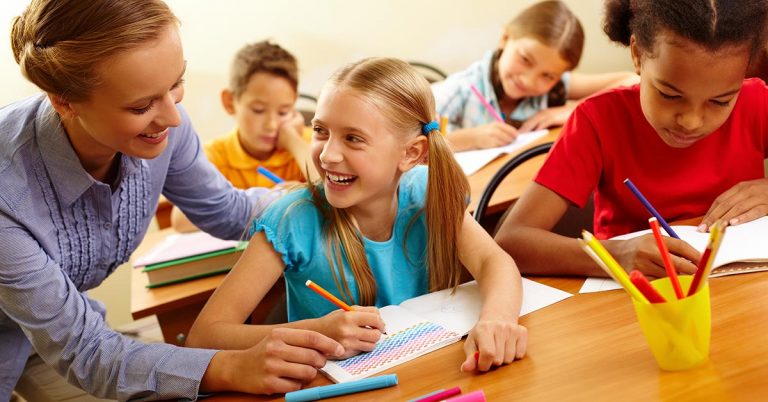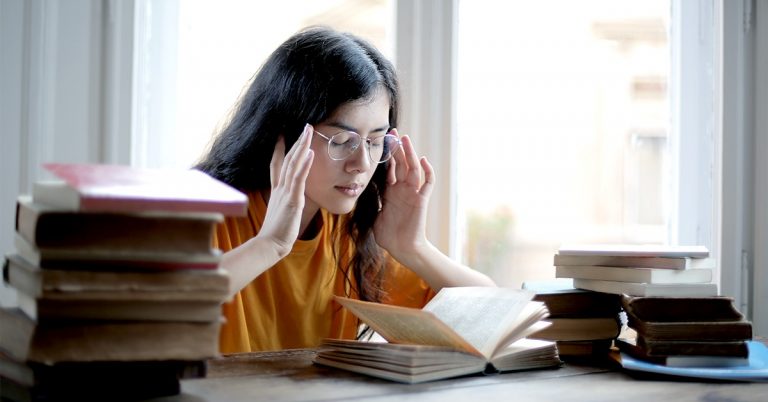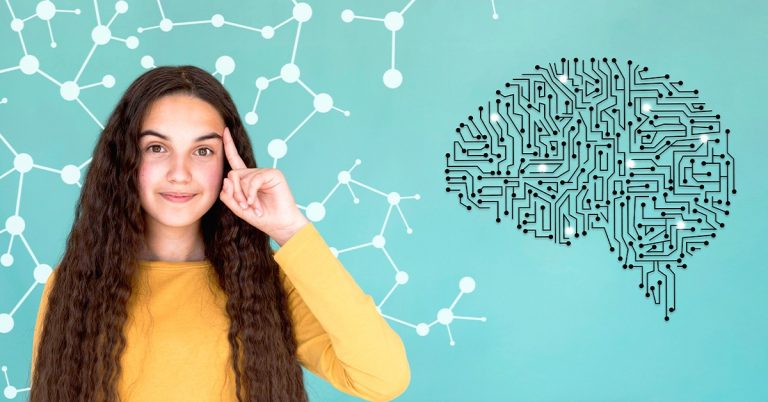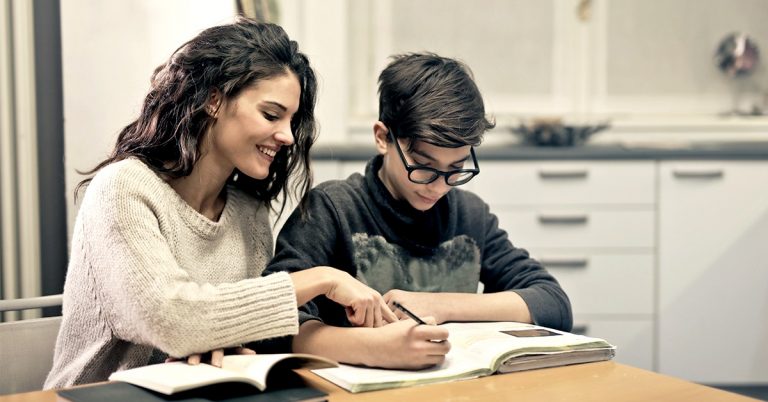However, if we take certain parameters for the most effective learning into account, it is possible to classify learning styles. Although there are many schools of thought, generally accepted learning styles include: visual, auditory and kinesthetic. The thing that interests us now is, how to recognize the most suitable learning style?
How are learning styles useful for children?
The dominant learning style of a child depends on numerous parameters. Hereditary traits play a significant role here, as well as the influence of parents and the environment. Simply put, every child has different inclinations and preferences, so some will learn by listening, others by watching, whereas others will combine several activities. What all learners share, however, is that they will learn more easily if they understand the topic, if the topic is interesting and relatable, and if they can see its practical applications. Knowing that, it is always good to explain new things through concrete examples.
Although we will present different learning styles that are more suitable for specific types of learners below, it should be noted that one approach does not exclude the others. On the contrary, during the learning process (which lasts throughout our lifetime), information is acquired in different ways, often unconsciously combining different learning styles. In addition, visual learners can be verbal learners at the same time.
This means that there is no best learning style, nor does one approach to learning precludes others. However, the child will mostly focus on one approach to learning, in line with their personal preferences. It should be noted that certain learning styles are more used in certain stages of growing up (tactile style is particularly important in infants).
Visual learning style
Many children learn more easily when they can visually process information. They associate information with images, facial expressions and body language of a person. Such people visualize what they hear, using their imagination. Children who are visual learners will memorize and acquire information much more easily if it is presented in the form of diagrams, photographs, graphics, etc. Simply put, they will memorize things more easily if they can see or imagine them.
As a rule, visual learners have artistic inclinations, and they are attracted to drawings, picture books, comics, and books when older. As a result, these children are usually imaginative which can sometimes be a disadvantage, because their minds can often wander. In addition, such children will solve tasks more easily if they involve visual instructions.
It is interesting that the visual style is applicable in almost all situations, even for abstract information. Children who are visual learners struggle with information they cannot “see”, so creating visual guidelines for processing information can be very helpful.
How to improve the visual learning style?
Children will achieve much better results if they:
- Use marker pens in different colors to highlight the most important sections of the text
- Create graphs and tables to present the lesson
- Learn by imagining things that are being described in the text
- Apply eidetic memory techniques – read the text from the page the layout of which they memorized (the same applies to playing by heart by visualizing the notation)
- Understand the context and practical applications of the thing they are learning about, e.g. if they are learning about animals, take them to the zoo or museum, or watch nature shows.
Visual learners often struggle to adopt new information. Fortunately, understanding their inclinations and ways of thinking helps us turn this learning style into a huge advantage. It should be noted that this learning style is suitable for all children, especially the youngest learners, because it familiarizes them with important information in a creative way. For this reason, combining different learning styles is strongly recommended in order to achieve maximum results.
Auditory learning style
Auditory learning style focuses on listening and talking. This means that auditory learners best acquire information they can hear. Unlike visual learners, auditory learners acquire knowledge more easily through verbal cues. Auditory learners will master the learning material most easily through talking, i.e. repeating the lesson aloud.
Moreover, they will achieve the best results if they participate in the lecture, ask questions and defend a certain position. Children who prefer this learning style often do well in public performances, so they like recitals, spelling bees, etc. Children who prefer auditory learning are very communicative, so they achieve the best results through teamwork.
How to improve the auditory learning style?
Children will achieve better results if they:
- Record the lesson and replay it later, instead of taking down notes
- Learn in pairs so they could acquire the material through conversation and discussion
- Repeat what they’ve learned aloud
- Have someone listen to them repeating the lesson, so they could test their knowledge
- Study in silence, because external noise interferes with the information they are listening to
- Participate in discussions, exchange of ideas and opinions
- Read aloud as often as possible, even when they are not studying
- Record their thoughts, and share them with others if they want (as a vlog or podcast)
- Introduce music and rhythm in studying – younger children will learn the alphabet more easily through songs.
The auditory learning style is very common in children of all ages, because it not only stimulates the acquisition of new knowledge, but teamwork as well. This approach helps children who lack focus to sit by themselves and study to show their potential through teamwork. Children learn more efficiently, because they subconsciously want to stand out, and to help their friends. In addition, social sciences are the area where the auditory learning style truly comes into its own.
Kinesthetic learning style
The kinesthetic learning style involves knowledge acquisition through concrete examples and direct participation. This learning style is often associated with tactile learning where knowledge is acquired through touch, physical activity, and manipulation of objects. Specifically, kinesthetic learners like to be always on the move, and to try their hand at crafts, sports, acting and dance. Such people are characterized by energy, highly coordinated movement, and determination to try the things presented to them.
This learning style helps children to focus and acquire knowledge more easily, especially if they are hyperactive. In that case, the best approach is learning through various tasks children are required to repeat. This approach is particularly effective with toddlers who will learn letters and numbers through drawing and cutting. The kinesthetic style is also helpful with older children, because it helps them to master complex information. Thus, they will master a history or literature lesson if they take part in a play.
The kinesthetic learning style focuses on interaction, where the child is involved through numerous interactive activities. Of course, this approach is dominant in sports and other types of physical activity. The kinesthetic style is suitable for all areas of learning, because it helps children to focus on their task and acquire knowledge.
How to improve the kinesthetic learning style?
If your child prefers this type of learning, advise them to:
- Move while learning and repeating lessons
- Change position while studying – they can sit at the desk, stand or move around the room
- Study following the rhythm of music, as if they were learning song lyrics
- Role play learning – to role-play characters or events they are learning about so as to understand them better
- Gesticulate while reviewing or repeating lessons
- Participate in research and experiments to apply what they’ve learned
- Regularly make short breaks to maintain their concentration
- Underline text while studying to focus their attention on the content
All these tricks are applicable at all ages; the only difference is the complexity of the tasks. If you have recognized your child in this learning style, help them to use their full potential through various extracurricular activities. Sports and art (especially acting) will give them the opportunity to show the full range of their talent. This way, you will transform potential learning challenges into strengths.
Correct learning helps children to realize their potential
This text presented the basic classification of learning styles, but this is not the definitive list. There are many schools that recognize additional categories of learning that help children to realize their full potential. It should be noted that there is no such thing as the ‘best’ learning style, on the contrary, combining different styles and techniques often yields the best results. Simply put, every child is unique and requires a different approach for the best results.
This is confirmed by numerous studies stating that it is good to strictly classify children based on their dominant learning style. The styles are there primarily to recognize the child’s inclinations and preferences so they could approach learning in the most suitable way, without limiting them in any way. Many teachers even implement different learning techniques depending on the subject/course they teach, or even individual lessons. We should never forget the ultimate goal of all these analyses and techniques – to enable children to acquire new knowledge easily and show their talents.


